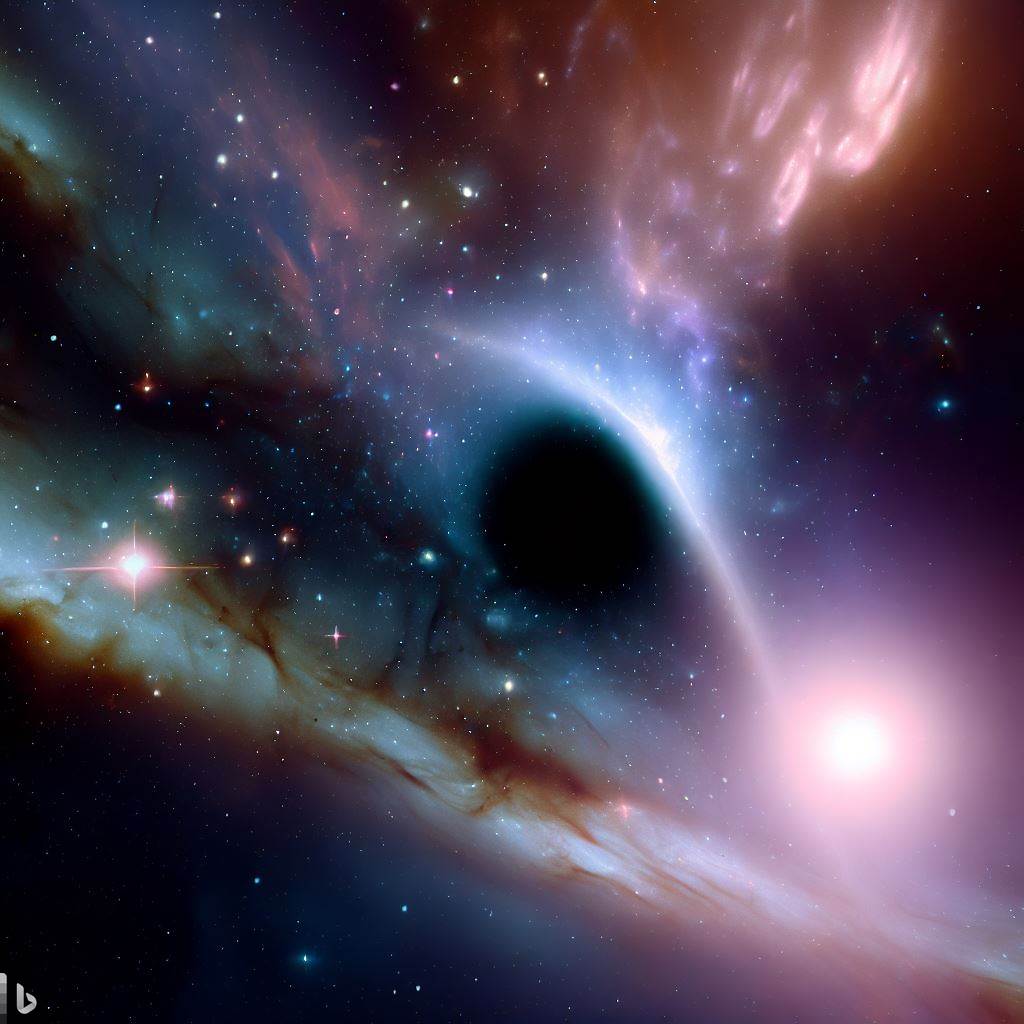

DESI Early Data Release: A Glimpse of the Cosmic Frontier
Jorge Valasquez
The universe is big, and it's getting bigger. To study dark energy, the mysterious force behind the accelerating expansion of our universe, scientists are using the Dark Energy Spectroscopic Instrument (DESI) to map more than 40 million galaxies, quasars, and stars. Today, the collaboration publicly released its first batch of data, with nearly two million objects for researchers to explore.
The 80-terabyte data set comes from 2,480 exposures taken over six months during the experiment's "survey validation" phase in 2020 and 2021. In this period between turning the instrument on and beginning the official science run, researchers made sure their plan for using the telescope would meet their science goals – for example, by checking how long it took to observe galaxies of different brightness, and by validating the selection of stars and galaxies to observe.
"The fact that DESI works so well, and that the amount of science-grade data it took during survey validation is comparable to previous completed sky surveys, is a monumental achievement," said Nathalie Palanque-Delabrouille, co-spokesperson for DESI and a scientist at the Department of Energy's Lawrence Berkeley National Laboratory (Berkeley Lab), which manages the experiment. "This milestone shows that DESI is a unique spectroscopic factory whose data will not only allow the study of dark energy but will also be coveted by the whole scientific community to address other topics, such as dark matter, gravitational lensing, and galactic morphology."
DESI uses 5,000 robotic positioners to move optical fibers that capture light from objects millions or billions of light-years away. It is the most powerful multi-object survey spectrograph in the world, able to measure light from more than 100,000 galaxies in one night. That light tells researchers how far away an object is, building a 3D cosmic map.
"Survey validation was very important for DESI because it allowed us – before starting the main survey – to adjust our selection of all the objects, including stars, bright galaxies, luminous red galaxies, emission line galaxies, and quasars," said Christophe Yeche, a scientist with the French Alternative Energies and Atomic Energy Commission (CEA) who co-leads the target selection group.
The early data release includes spectra and redshifts for 1.2 million galaxies and quasars, as well as observations of nearly half a million stars in our own Milky Way galaxy. The data also include 90,000 quasars – extremely bright objects powered by supermassive black holes – which are useful for studying how matter is distributed in space.
The early data release also includes a visualization of the One-Percent Survey, a subset of observations that cover roughly 1% of the total volume DESI will study. Researchers took detailed images in 20 different directions on the sky, creating a 3D map of 700,000 objects.
With the instrument and survey plan successfully tested, the main DESI survey is now filling in the gaps between those observations. The full survey will measure more than 30 million galaxies and quasars over five years.
The early data release is a glimpse of what DESI can do and what it will reveal about our universe. By measuring how dark energy has affected the expansion rate and structure formation over cosmic time, DESI will help us answer some of the most fundamental questions in physics and cosmology.
Additional reading:
